Common solutions for ceiling mold growth Run the exhaust fan for at least 30 minutes after a shower or bath. The 7 Causes of Ceiling Mold 1.

Black Mold Fungus On A Ceiling In Room Corner Yellow Walls Stock Photo Picture And Royalty Free Image Image 141922155
A newly built home may be damp if the water used when building it is still drying out for example in the plaster on the walls.
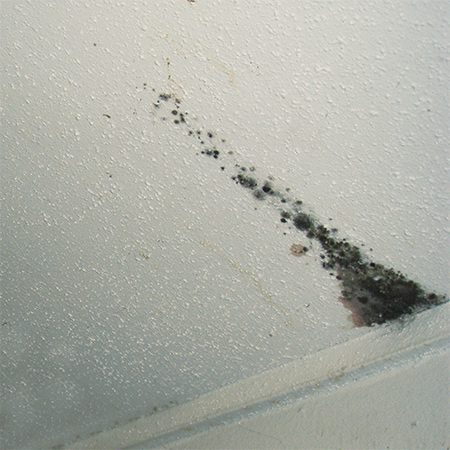
Mold growing on ceiling. If the mold growth is in a fairly small concentrated area then its possible to effectively. In the winter time ceilings are prone to dampness because room heating and the presence of our warm bodies send warm moist air upwards. Note that you also will need to check your attic for mold growth.
Mould may grow indoors in wet or moist areas lacking adequate ventilation including walls wallpaper ceilings bathroom tiles carpets especially those with jute backing insulation material and wood. Little patches of mold development noticeable from under the ceiling can be an indicator that there is a huge nest of mold on the other side. Paint the bathroom ceiling with a high sheengloss paint.
Clean the Affected Area Cleaning the affected area involves using mold cleaner that is made from chemicals. Small patches of mold growth visible from under the ceiling can be a sign that there is a large colony of mold on the other side. Commonly found in older homes high humidity and poorly insulated ceilings can help mold growth on the bathroom ceiling.
It isnt the friction thats removing the mold its the chemicals. Dunk a sponge in the mixture and gently scrub the area of your ceiling with mold on it. What to Do to Treat Mold on Ceiling 1.
Be slow with it too much mixture on your sponge and youll wind up with bleach in your face. Matte and other low sheen paints absorb much more moisture which in turn leads to mold growth. The cooler parts of the ceiling encourage condensation especially metal fasteners ceiling beams crown molding and edge trim.
Mold colonies growing above ceilings are usually fed by water from a leaking roof. Remove the Source of the Mold As mentioned before mold or mildew on ceiling grows on a dark and humid area. If you look closely you can often see filaments with a fungal structure.
Its important to do a thorough inspection of the nearby area to determine if mold is present. Mold growth requires more moisturehumidity than ghosting. Mold typically does not grow on metal glass and plastic.
Moisture in buildings can be caused by leaking pipes rising damp in basements or ground floors or rain seeping in because of damage to the roof or around window frames. Mould growth is the result of too much moisture accumulating plus inadequate ventilation. Mold is able to grow on pretty much any surface from wood and wallpaper to ceiling insulation and floor carpet which is often seen growing in form of a white layer called mildew.
Dampness on a ceiling is a good attraction for mould growth. This moist air hits the cold ceiling more pronounced on ceilings that are not insulated and forms condensation. Mold thrives under humid conditions which is why water leaks from leaking water pipelines often contribute to.
The mold on your bathroom ceiling is most often caused by changes in temperature. Mold can grow anywhere that there was water damage meaning in your drywall insulation and even in your floorboards and ceiling beams. Because of this the most common places you find black mold include walls carpeting insulation furniture and ceilings.
Unfortunately for homeowners black mold also loves air vents where spores are naturally circulated. For clues that mold could be growing above the ceiling in your home look for signs of water damage in the ceiling. Mold loves moisture and needs it to grow.
It shouldnt take too much elbow grease either. Unsightly mould growing on bathroom ceiling wall and other surfaces is a major frustration in many Australian homes. Mold on ceiling around air vents For hints that mold might be growing above the ceiling in your house search for indicators of water damage in the ceiling.
Mould and damp are caused by excess moisture. While mold can sprout anywhere along a wall its most often found either up high near the ceiling down low near the floor or creeping along edges of trim or baseboards. Bathroom mould is it.
Water that saturates building. When mould spores are around they migrate to the moist environment and thrive. If moisture accumulates in a building mould growth will often occur.
It is a fungus that loves to grow in wet areas. Identify the cause to grow mold on the bathroom ceiling. Ceiling mold growth is usually black.
You will often find mold in bathroom ceilings due to the regular. Undetected water leaks will help cause ceiling mold to grow effectively.

What Does Basement Mold Look Like Basement Waterproofing Inc

Black Mold Growing On The Bathroom Ceiling Picture Of Lotus 8 Nedumbassery Tripadvisor

What To Do When You Spot Mold In The Bathroom
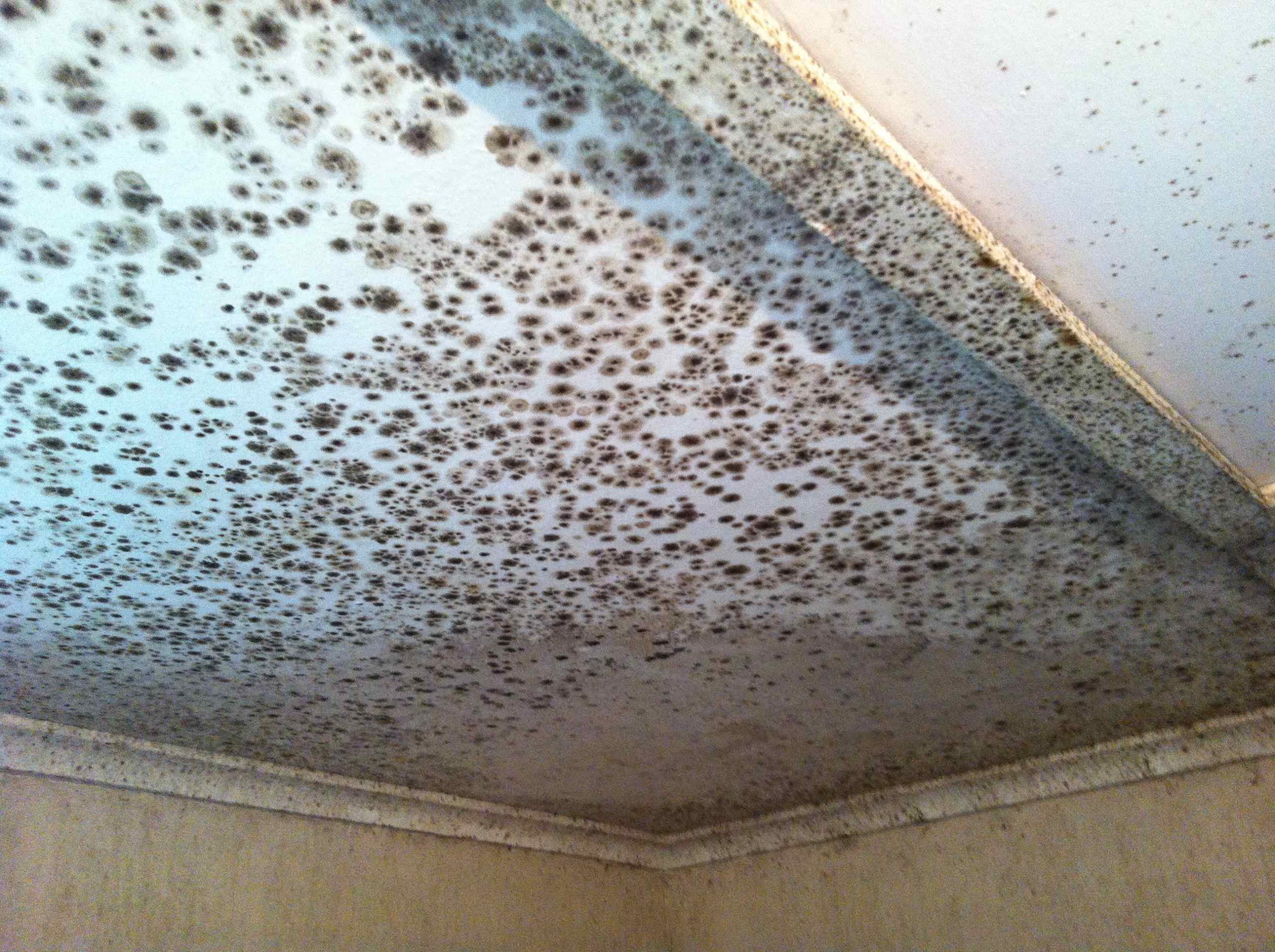
Unfriendly Fungi Dealing With A Mouldy House Csiroscope

Mould Growth Images Stock Photos Vectors Shutterstock
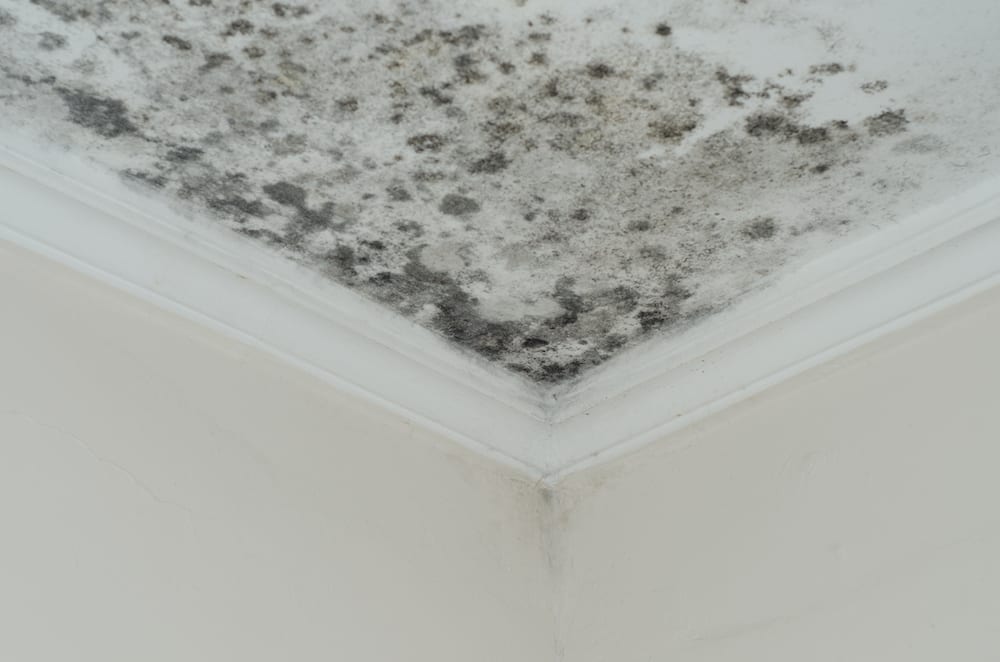
10 Dangerous Molds That May Be In Your Home Attic Projects Company

Ceiling Mold Growth Learn The Cause And How To Prevent It Environix
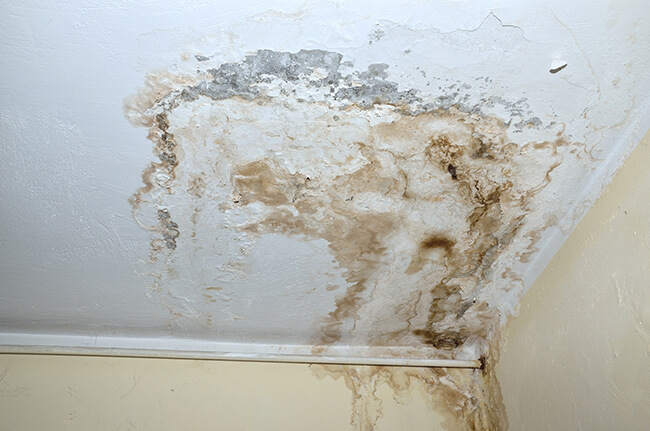
Top 6 Causes Of Mold In Your Home

Cleaning Mold From Bathroom Ceilings Lovetoknow

Mold Can Cause Damage To Your Home Health If Untreated Abt Foundation Solutions Inc

How To Get Rid Of Mould On Your Ceiling The Diy Life
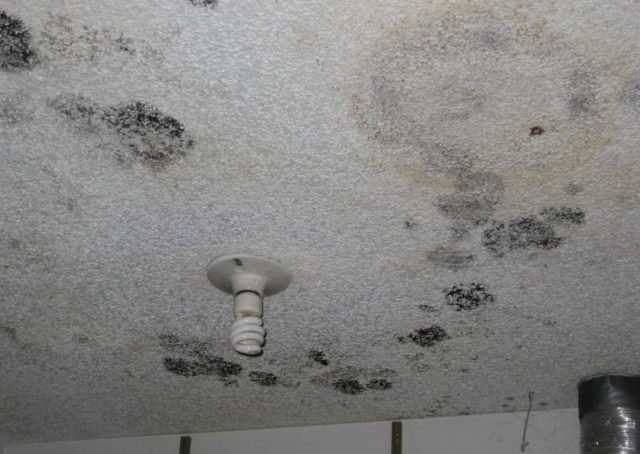
It S Time To Remove The Stubborn Black Mold In Bathroom Ceiling Clean Water Partners

Black Mould Removal The Right Way

Ceiling Mold Growth Learn The Cause And How To Prevent It Environix

Ceiling Mold Growth Learn The Cause And How To Prevent It Environix

Why Is The Ceiling Mouldy Is There A Roof Leak Causing It

House Mold Black Mold Identification Everdry Toledo

735 Mildew Ceiling Photos Free Royalty Free Stock Photos From Dreamstime

Ceiling Mold Growth Learn The Cause And How To Prevent It Environix






0 komentar:
Posting Komentar